First Aid in Canberra. Excellent Training Provider. Nationally Recognised Training including CPR. Free First Aid Manual.
From what not to do if you get a nosebleed to old wives’ tales that make a burn worse, these are the first aid mistakes ER doctors want you to avoid
Tipping your head back during a nosebleed
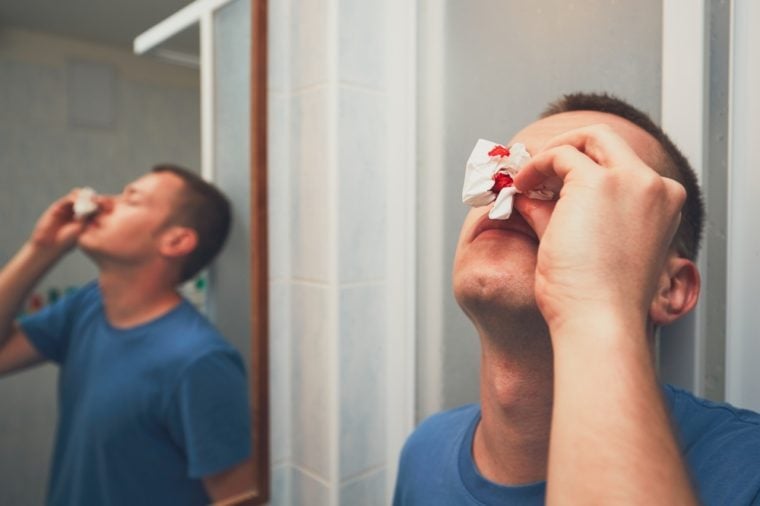 “Never do this,” says Christopher Sampson, MD, an emergency physician at University of Missouri Health Care. “This makes the blood run down the back of your throat.” Not only does this outdated move do nothing to control the bleeding, he adds, it can make you vomit up blood.
“Never do this,” says Christopher Sampson, MD, an emergency physician at University of Missouri Health Care. “This makes the blood run down the back of your throat.” Not only does this outdated move do nothing to control the bleeding, he adds, it can make you vomit up blood.
Do this instead: Lean forward and pinch the bridge of the nose. Most nosebleeds—which are common and can be triggered by allergies or dry weather—resolve within 10 minutes. If yours lasts any longer, “pack it with a tampon and get to the ER,” advises Jesse Sandhu, MD, physician and owner at Steamboat Emergency Center in Steamboat Springs, Colorado.
Putting butter or ice on a burn
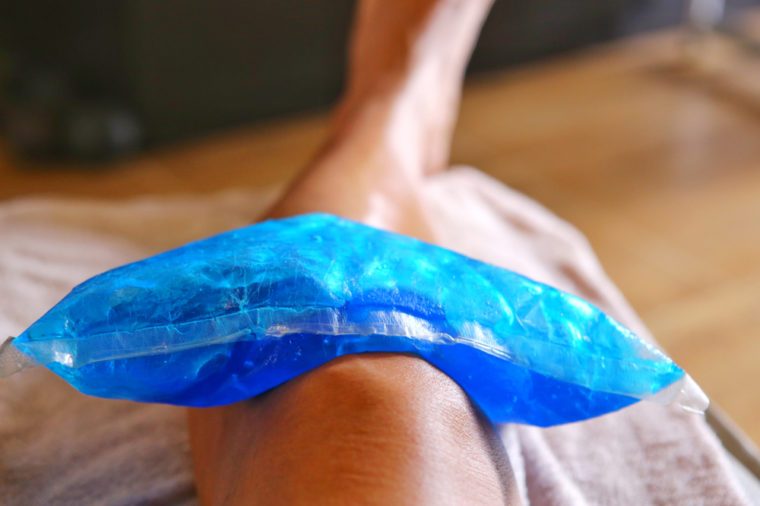 This age-old advice is plain bad-old advice, says Christina Johns, MD, senior medical adviser of PM Pediatrics. Other no-nos include toothpaste and cocoa butter. “Sometimes when these home remedies are applied right away, it actually can trap the heat within the burn and make things worse.” Freezing the tissue with ice is also unhelpful, she adds. “The goal is to return to normal temperature and the ice can make the skin too cold.”
This age-old advice is plain bad-old advice, says Christina Johns, MD, senior medical adviser of PM Pediatrics. Other no-nos include toothpaste and cocoa butter. “Sometimes when these home remedies are applied right away, it actually can trap the heat within the burn and make things worse.” Freezing the tissue with ice is also unhelpful, she adds. “The goal is to return to normal temperature and the ice can make the skin too cold.”
Do this instead: Run cool (not icy cold) water on burns for several minutes, Johns recommends. Cover with a clean dry dressing (like gauze) and get medical care. These are the important first aid tips to teach your children.
Moving a seriously injured person
 If you’re ever the first on the scene of a bad accident like a car wreck or devastating sports injury, you may be tempted to try to get the person moving to make sure they’re okay. Don’t do it. “They could have a serious spinal cord injury, and any kind of movement may result in permanent neurological damage or paralysis,” says Sandhu. “The only time it is OK to move a patient like this is if there is a threat of imminent danger like a fire, explosion, or collapsing building.”
If you’re ever the first on the scene of a bad accident like a car wreck or devastating sports injury, you may be tempted to try to get the person moving to make sure they’re okay. Don’t do it. “They could have a serious spinal cord injury, and any kind of movement may result in permanent neurological damage or paralysis,” says Sandhu. “The only time it is OK to move a patient like this is if there is a threat of imminent danger like a fire, explosion, or collapsing building.”
Do this instead: Call 911. When you’re dealing with a potential spinal cord injury, the best move is to get EMTs there as fast as possible to transport the person to a major medical center.
Spitting on a cut to clean it out
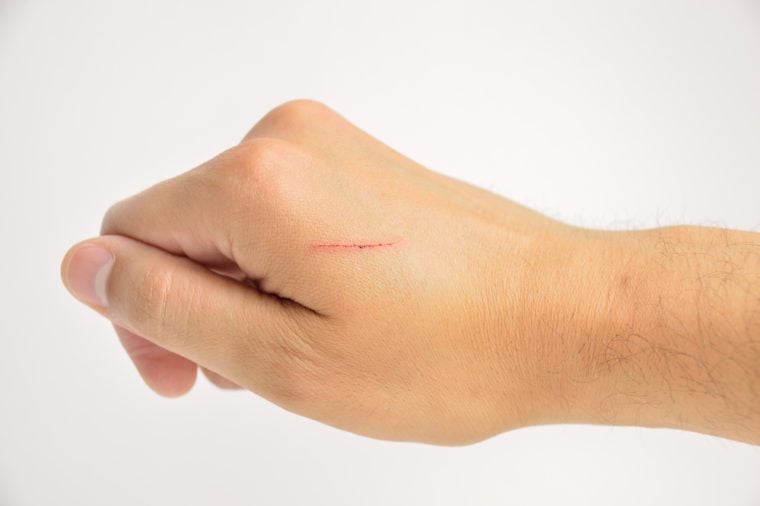 While you may have heard that saliva washes away germs, it’s more like the opposite. “The mouth is colonized with potentially harmful bacteria that can result in a wound infection,” warns Robert Glatter, MD, emergency physician at Lenox Hill Hospital in New York. Another don’t: washing a wound in streams or rivers, which can leave you with a parasitic or bacterial infection.
While you may have heard that saliva washes away germs, it’s more like the opposite. “The mouth is colonized with potentially harmful bacteria that can result in a wound infection,” warns Robert Glatter, MD, emergency physician at Lenox Hill Hospital in New York. Another don’t: washing a wound in streams or rivers, which can leave you with a parasitic or bacterial infection.
Do this instead: Irrigate the wound with tap water or sterile saline water. Dr. Glatter recommends keeping sterile saline in your first aid kit when traveling in case you have unforeseen injuries. Here are more surprising things you need in your first aid kit.
Giving Benadryl for a severe allergic reaction
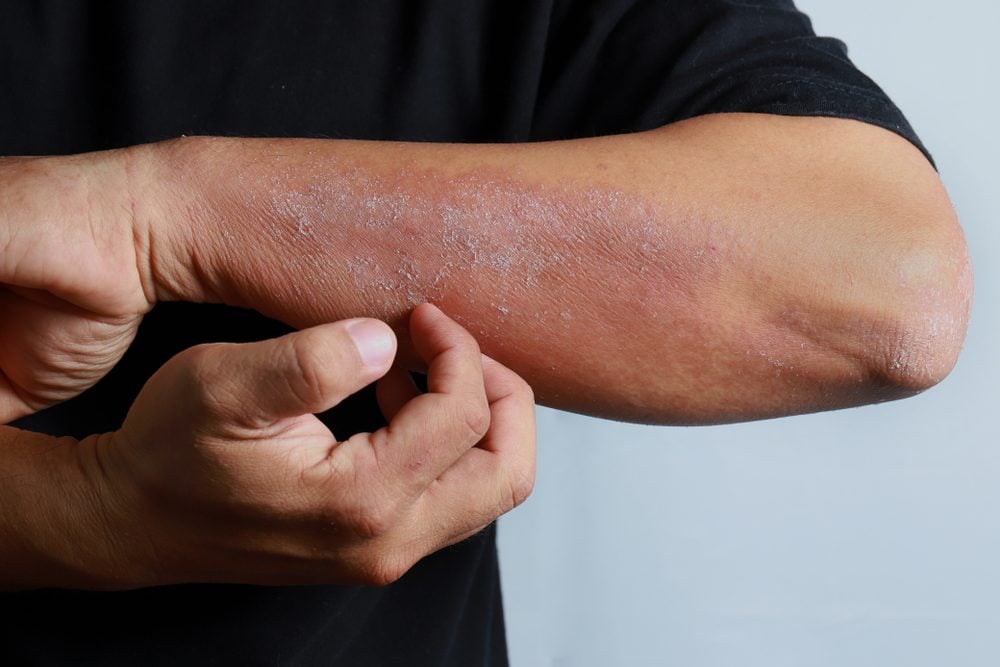 This is an error that can have deadly consequences, says Christina Johns, MD, senior medical adviser of PM Pediatrics. Benadryl takes 30-60 minutes to work and that’s too long for someone in anaphylactic shock. “This is a life-threatening emergency and intervention with epinephrine should happen right away,” she says. In fact, a recent study on anaphylaxis found that too many caregivers and healthcare workers are not giving epinephrine. Other research has found a link between delayed or no epinephrine and death.
This is an error that can have deadly consequences, says Christina Johns, MD, senior medical adviser of PM Pediatrics. Benadryl takes 30-60 minutes to work and that’s too long for someone in anaphylactic shock. “This is a life-threatening emergency and intervention with epinephrine should happen right away,” she says. In fact, a recent study on anaphylaxis found that too many caregivers and healthcare workers are not giving epinephrine. Other research has found a link between delayed or no epinephrine and death.
Do this instead: Don’t hesitate to use the epi. “If there is wheezing or shortness of breath, swelling of the lips or around the eyes, or rapidly evolving hives, then it’s very important not to wait to give the epinephrine and proceed directly to emergency,” says Dr. Johns. If you have food, venom, or other severe allergies, you know the drill: Always carry your EpiPen or Auvi-Q two-pack. Know your own action plan, since advice isn’t one-size-fits-all. Some patients are advised by their allergists to use the epinephrine as soon as they have one symptom or even known contact with the allergen.
Washing out a tooth that got knocked out
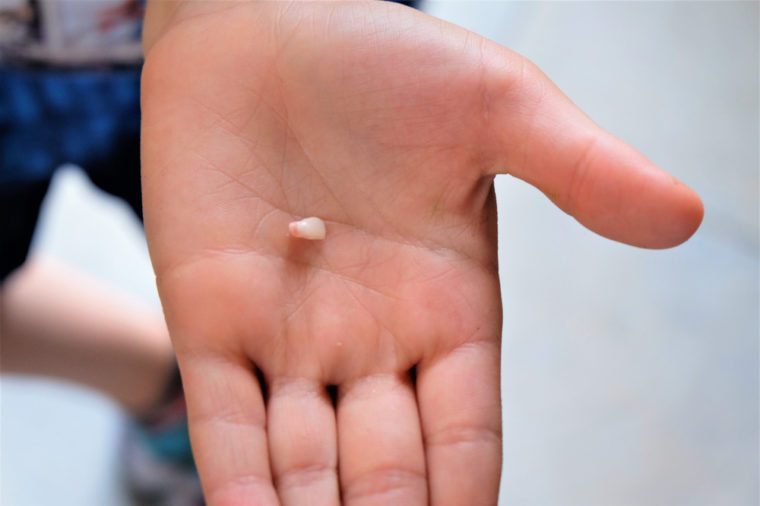 Most of us don’t know what to do when we lose a tooth. Although cleaning it off may sound like a good idea, resist the urge. “This actually damages the tooth,” says Sampson.
Most of us don’t know what to do when we lose a tooth. Although cleaning it off may sound like a good idea, resist the urge. “This actually damages the tooth,” says Sampson.
Do this instead: Place your tooth in a cup of milk and see a dentist as soon as possible.
Saving a tick to show the doctor
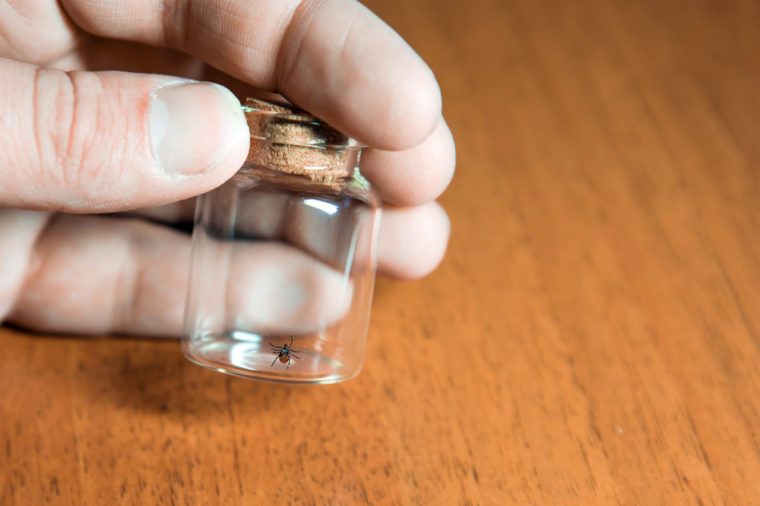 Contrary to popular belief, the Centers for Disease Control and Prevention no longer recommends saving and testing the tick. That’s not the only misinformation doctors come across, warns Shari Platt, MD, chief of pediatric emergency medicine at New York-Presbyterian/Weill Cornell Medical Center. Many people think all ticks carry Lyme disease and all tick bites require antibiotics, but she explains those assumptions are true “only if it is a deer tick and it adhered for more than 24 hours,” respectively.
Contrary to popular belief, the Centers for Disease Control and Prevention no longer recommends saving and testing the tick. That’s not the only misinformation doctors come across, warns Shari Platt, MD, chief of pediatric emergency medicine at New York-Presbyterian/Weill Cornell Medical Center. Many people think all ticks carry Lyme disease and all tick bites require antibiotics, but she explains those assumptions are true “only if it is a deer tick and it adhered for more than 24 hours,” respectively.
Do this instead: Remove the tick with a tweezer, pulling straight up. Never use a match or petroleum jelly to remove the critter. Do check in with your doctor to see if you need to be tested or put on antibiotics. And did you know that not everyone with Lyme gets the famous bullseye rash? You may get a bullseye, not get any rash at all, or get a small solid red one that gets bigger over time. The good news? Most people who are treated promptly fully recover. Check out these summer first aid tips you need to know.
Putting heat on a sprain or fracture
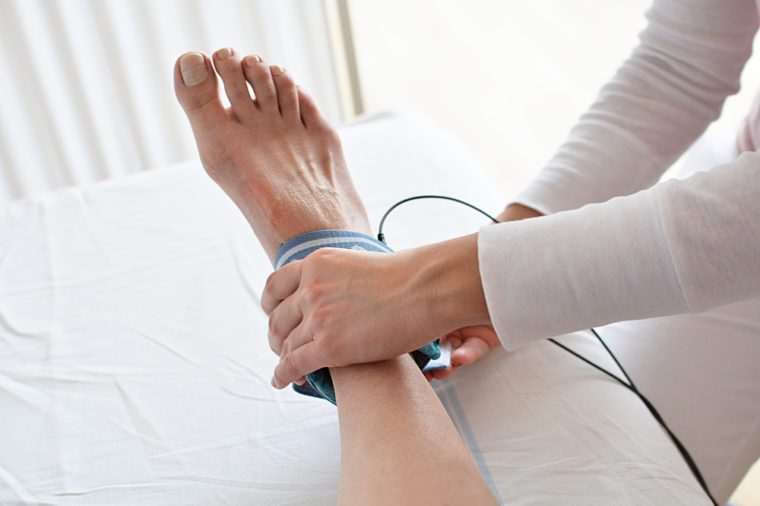 This will worsen inflammation, warns William Gluckman, DO, spokesman for the Urgent Care Association of America. Heat boosts blood flow, which can make swelling worse. Save heat for issues like back spasms.
This will worsen inflammation, warns William Gluckman, DO, spokesman for the Urgent Care Association of America. Heat boosts blood flow, which can make swelling worse. Save heat for issues like back spasms.
Do this instead: “Always apply cold initially,” says Dr. Gluckman.
Trying to remove debris from an injured eye
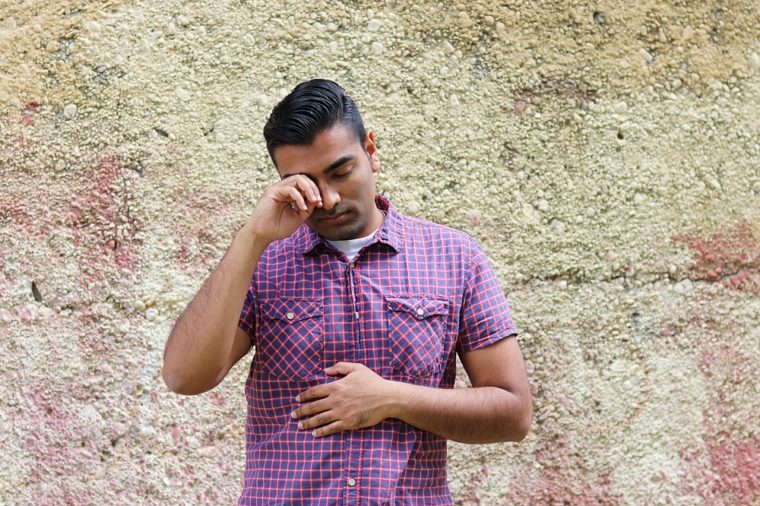 Fishing around for the irritant can worsen the wound and even lead to permanent damage. The only exception is if you get a chemical in your eye; in that case, flush it out with water for about 15 minutes.
Fishing around for the irritant can worsen the wound and even lead to permanent damage. The only exception is if you get a chemical in your eye; in that case, flush it out with water for about 15 minutes.
Do this instead: Protect the eye—secure a paper cup over it with tape so nothing else can get in—and seek immediate care.
Removing gauze from a bleeding wound
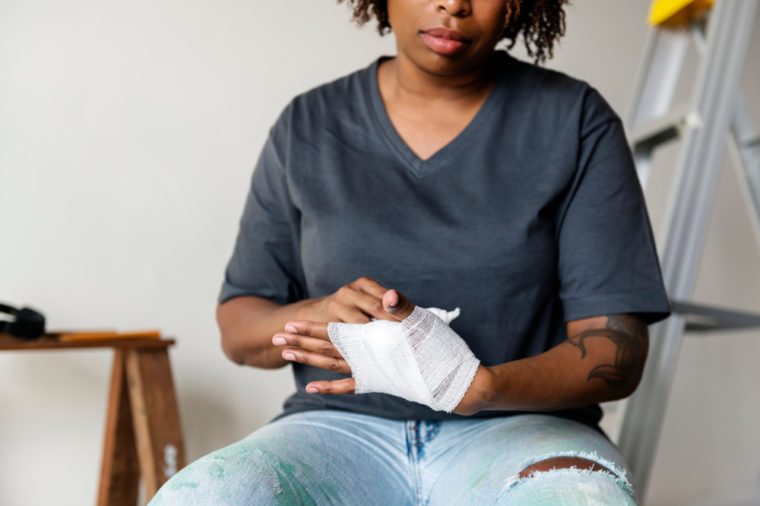 If the pad soaks through, don’t pick it up and replace it, says Chris Cebollero, chief of EMS for Christian Hospital in St. Louis. Clotting factors in the blood surface to help stop the bleeding; picking up the old gauze can remove them and make the wound start bleeding all over again.
If the pad soaks through, don’t pick it up and replace it, says Chris Cebollero, chief of EMS for Christian Hospital in St. Louis. Clotting factors in the blood surface to help stop the bleeding; picking up the old gauze can remove them and make the wound start bleeding all over again.
Do this instead: Add a fresh piece of gauze on top, advises Cebollero. If the gauze does come off, apply pressure to the cut until the bleeding stops, then rinse the wound out (to prevent infection), apply an antibiotic ointment (if not allergic), and rewrap with a bandage.
Not seeking care after a car accident
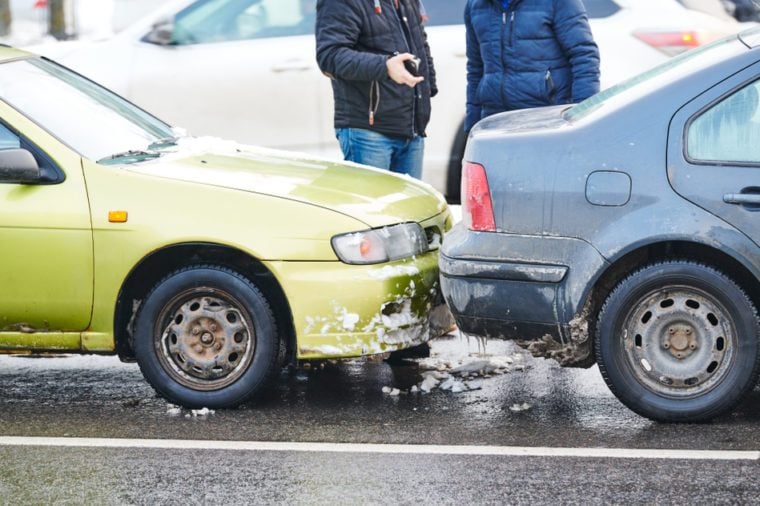 “Your adrenaline-fueled, fight-or-flight response can mask pain initially,” says Cebollero. “It can be ten minutes or two hours after the accident before you feel something.” Responders at the scene can’t necessarily rule out brain bleeds or broken bones.
“Your adrenaline-fueled, fight-or-flight response can mask pain initially,” says Cebollero. “It can be ten minutes or two hours after the accident before you feel something.” Responders at the scene can’t necessarily rule out brain bleeds or broken bones.
Do this instead: If you have severe car damage, get checked out at the hospital, even if you feel fine. Don’t miss these other first aid mistakes that are more dangerous than you think.
Making it hard for the EMT to find you
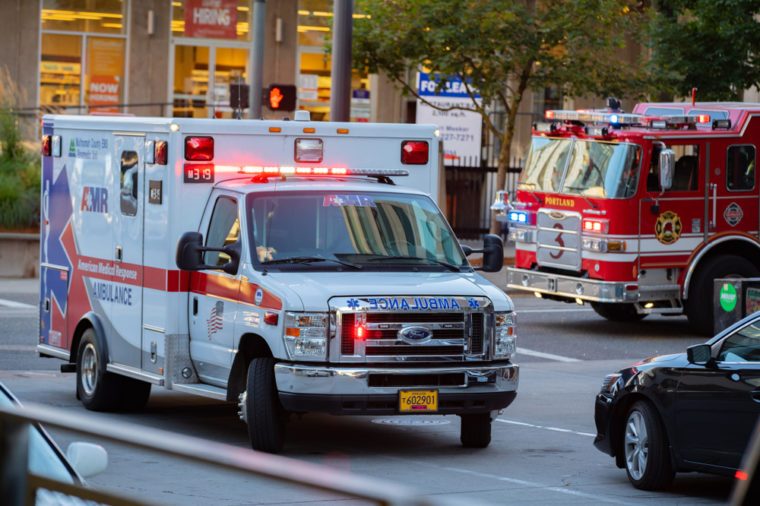 If you’re stung by a bee in your backyard and are having a serious allergic reaction, don’t lay down in the backyard to wait for help. Choking in a restaurant? Don’t run to the bathroom. “People die in bathrooms from choking because they don’t want to disturb other diners. They collapse, and nobody knows why,” says Pellegrino.
If you’re stung by a bee in your backyard and are having a serious allergic reaction, don’t lay down in the backyard to wait for help. Choking in a restaurant? Don’t run to the bathroom. “People die in bathrooms from choking because they don’t want to disturb other diners. They collapse, and nobody knows why,” says Pellegrino.
Do this instead: In the case of an allergic reaction or serious injury, first have someone call 911. Then head to the driveway—or have an uninjured person go there—to meet the EMTs. Stay where people can help you. These are the 5 things you should never do in an emergency.

